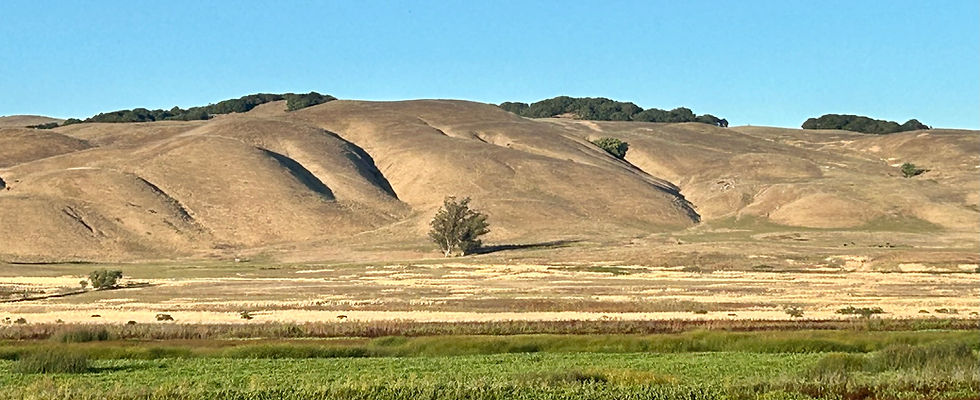
The Story of Medicine Stone
Long ago, the Coast Miwok and Southern Pomo people of what is now Sonoma County gathered at the sacred waters of Tolay Lake. This land—rich with story, spirit, and ceremony—was a center of healing, prayer, and offering. Among the most powerful of these offerings were charmstones: smooth stones carried with intention and cast into the lake during ceremony. Each stone held a prayer, a release, or a call for guidance. It was said the water carried these offerings into the spirit world.
These stones were not taken, but given.
And that spirit of offering back—rather than extracting—deeply informs the work I do.
Across cultures and across time, people have turned to the Earth for healing. In India, the Ganges River is revered as a place of spiritual purification. In the Andes, healers offer coca leaves to Pachamama before ceremony. In Japan, the practice of shinrin-yoku, or “forest bathing,” teaches that nature is not separate from us—it is us.
These traditions, though diverse in form, are united by a shared essence: reverence, relationship, and reciprocity.
Medicine Stone Bodywork is born from that same intention.
I do not replicate the rituals of the people whose land I live and work on. Instead, I listen to them. I honor the Coast Miwok and Southern Pomo ancestors and ground my practice in the shared values of earth-based traditions across the world: reverence, reciprocity, and respect.

Tolay Lake Regional Park, Petaluma, CA | © 2025 Photo by M. Selvester
My work is a continuation of a universal truth:
Healing happens when we slow down, listen deeply, and reconnect to the body, the Earth, and each other.
When I place my hands on a client, I am not just addressing muscle or tension—I am listening for what wants to be released, what is ready to return to balance. The work is rooted in stillness, in community, and in remembrance.
This is the tradition I carry forward.
This is how I honor the land I live and work on.
You are not here to be fixed.
You are here to return to yourself.